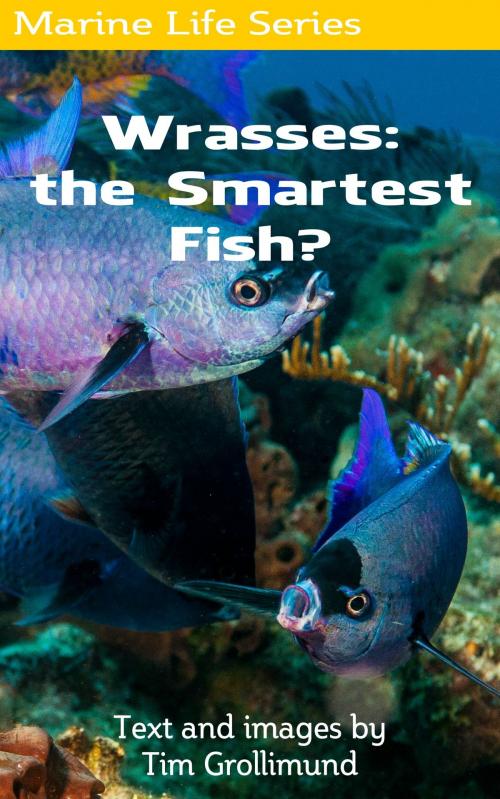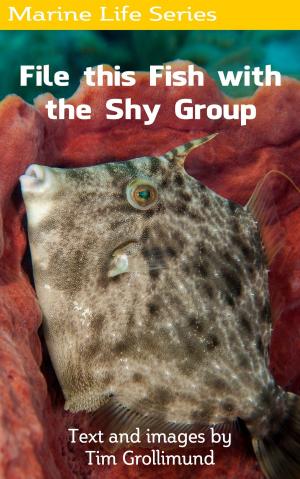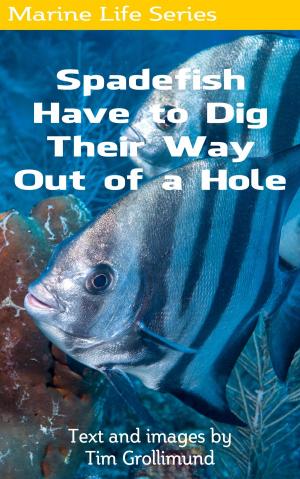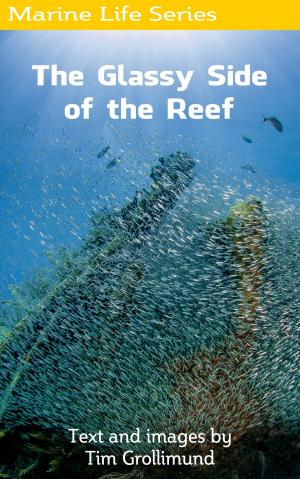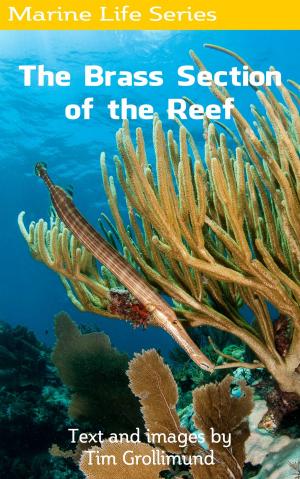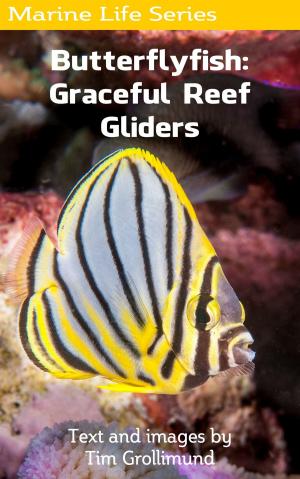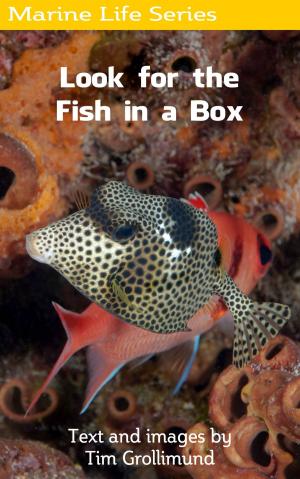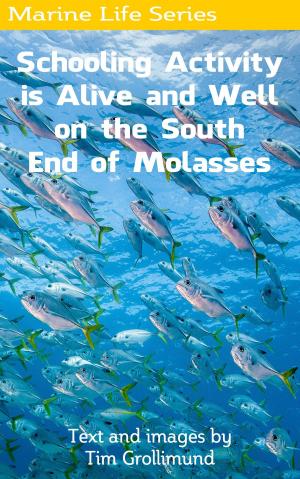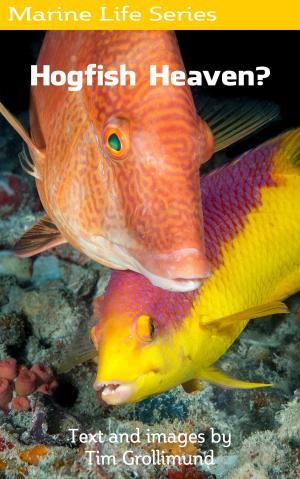Wrasses: the Smartest Fish?
Nonfiction, Sports, Water Sports, Scuba & Snorkeling, Science & Nature, Science, Biological Sciences, Marine Biology| Author: | Tim Grollimund | ISBN: | 9781370354542 |
| Publisher: | Tim Grollimund | Publication: | July 30, 2017 |
| Imprint: | Smashwords Edition | Language: | English |
| Author: | Tim Grollimund |
| ISBN: | 9781370354542 |
| Publisher: | Tim Grollimund |
| Publication: | July 30, 2017 |
| Imprint: | Smashwords Edition |
| Language: | English |
"While I was researching goatfish for the last column, I realized there is another group I have not paid enough attention to in my reef travels. Wrasses. This is a large and diverse family. Wrasses seem to be everywhere. They are quick and colorful. Perhaps some of the most vibrant colors on our reefs belong to the family of wrasses.
Worldwide there are over five hundred species of wrasse. Here we have about twenty. Most species are carnivorous, feeding on small crustaceans.
Creole wrasse, however, cruise the reef in large schools trolling for plankton. The largest school I’ve seen of creole wrasse has been on the south end of Molasses Reef between Fire Coral Cave and Permit Ledge, running out past the pillar coral spot. This is the same place we consistently see schools of horse eye jack, chub and barracuda.
Puddingwife and bar jacks hunt together from time to time. Bar jacks and puddingwife wrasses form teams, and both benefit from the association. In the bar jack’s case, a threefold in increase in biting behavior was observed during the joint foraging. They were more efficient eating small benthic invertebrates than going after fish on their own, their normal prey. Puddingwife search and bite activity also increased during the time spent with a bar jack."
"While I was researching goatfish for the last column, I realized there is another group I have not paid enough attention to in my reef travels. Wrasses. This is a large and diverse family. Wrasses seem to be everywhere. They are quick and colorful. Perhaps some of the most vibrant colors on our reefs belong to the family of wrasses.
Worldwide there are over five hundred species of wrasse. Here we have about twenty. Most species are carnivorous, feeding on small crustaceans.
Creole wrasse, however, cruise the reef in large schools trolling for plankton. The largest school I’ve seen of creole wrasse has been on the south end of Molasses Reef between Fire Coral Cave and Permit Ledge, running out past the pillar coral spot. This is the same place we consistently see schools of horse eye jack, chub and barracuda.
Puddingwife and bar jacks hunt together from time to time. Bar jacks and puddingwife wrasses form teams, and both benefit from the association. In the bar jack’s case, a threefold in increase in biting behavior was observed during the joint foraging. They were more efficient eating small benthic invertebrates than going after fish on their own, their normal prey. Puddingwife search and bite activity also increased during the time spent with a bar jack."
